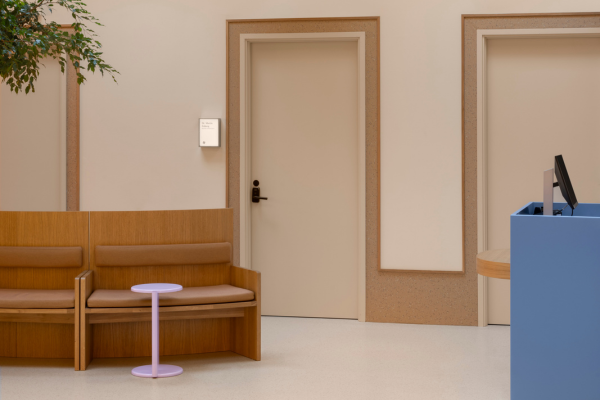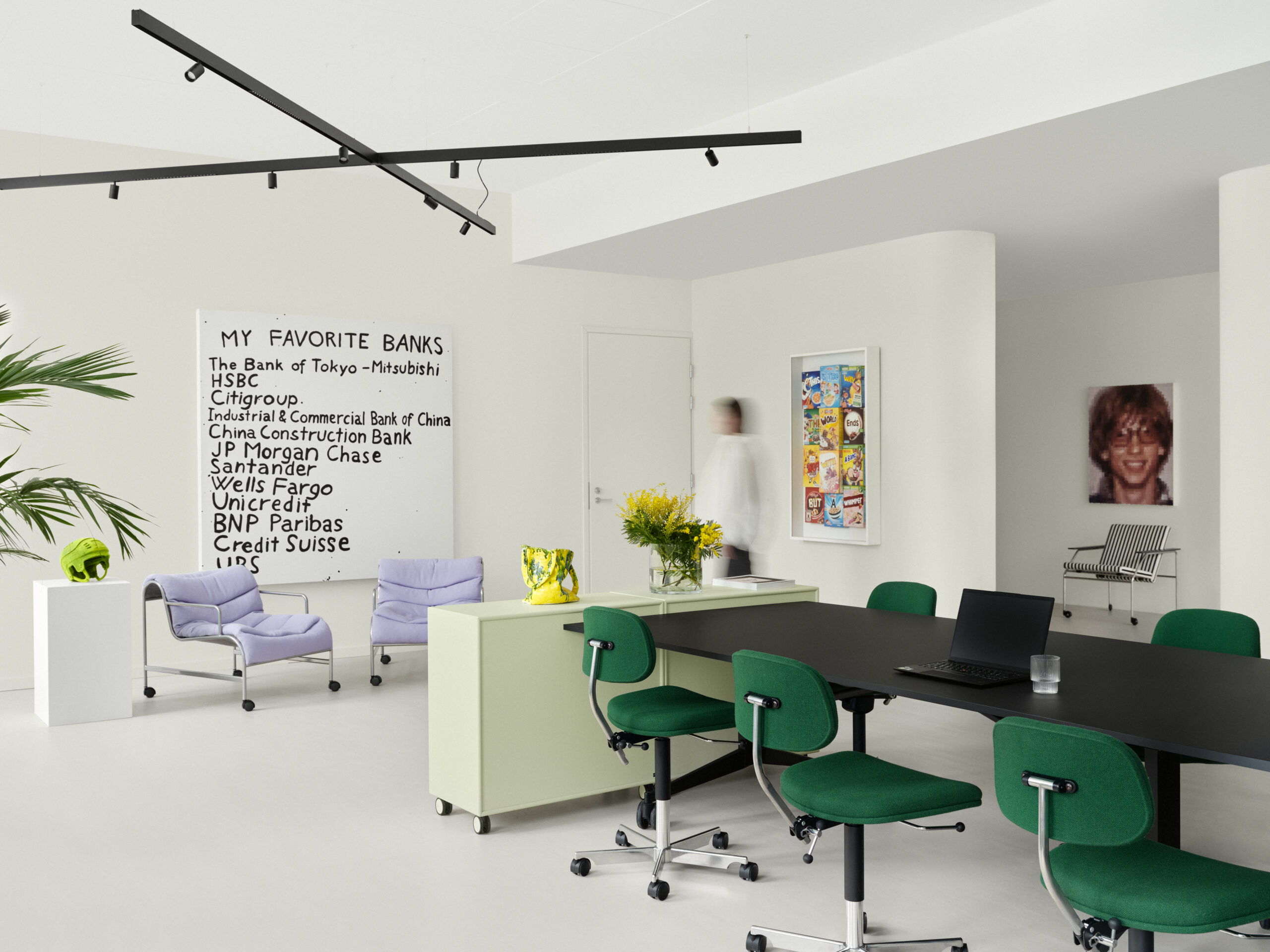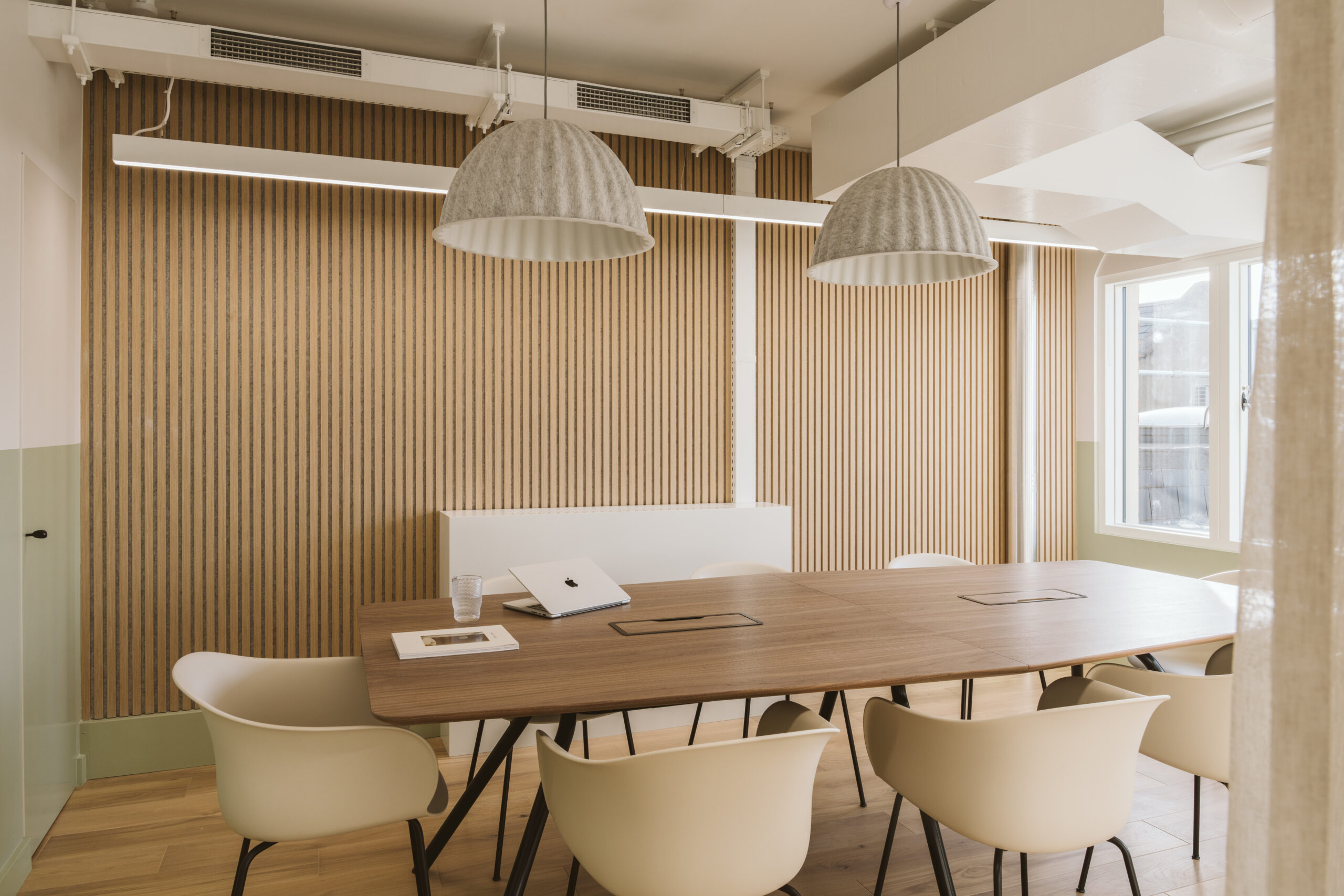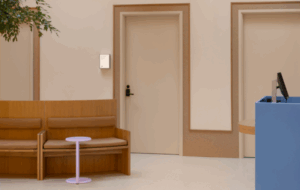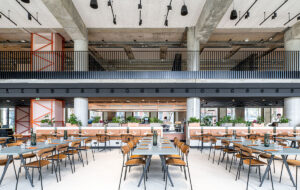
Employers can’t just put a few plants and a fruit basket in the kitchen and call it wellbeing, says mental wellbeing advocate Ben Channon
In the last year or so, wellbeing has emerged as one of the key topics in workplace design. Unfortunately though, it is still common to see it referred to as a trend or a fad. However, with the emergence of new research, the impact of buildings on our wellbeing is becoming ever more measurable.
A 2017 report by Deloitte, Mental Health and Employers: The Case for Investment, showed that investment in work-place mental health could offer returns on investment as high as £9 on every £1 spent.
Deloitte’s research goes further, estimating that workplace absences cost the UK economy £8bn, and presenteeism costs between £17 and £26bn per year. The sheer expense of poor employee mental health in enough to prove the value in better wellbeing policies.
Even relatively small investments in the infrastructure can help create an office that works for all employees. Not only do employers now need to invest in workplaces that improve the mental health of their workforce to attract and retain the best staff, we can demonstrate that doing so will provide clear financial benefits.
Having an empirical basis for these design decisions is crucial. The good news is that organisations such as the International WELL Building Institute are implementing accreditations for buildings that support our physical and mental health.
Air quality, light, temperature and non-toxic materials and the quality of water are some of the key components to supporting healthy bodies and minds. WELL certification goes further, demanding access to good nutrition, physical activity, acoustic comfort, mental health support, and a connected community.
As this body of research grows – and with employees driving demand – it is set to become ever-more quantifiable, measurable and, most importantly, attainable. Far more than just a buzzword, wellbeing is here to stay.
Image by Artem Podrez, Pexels

